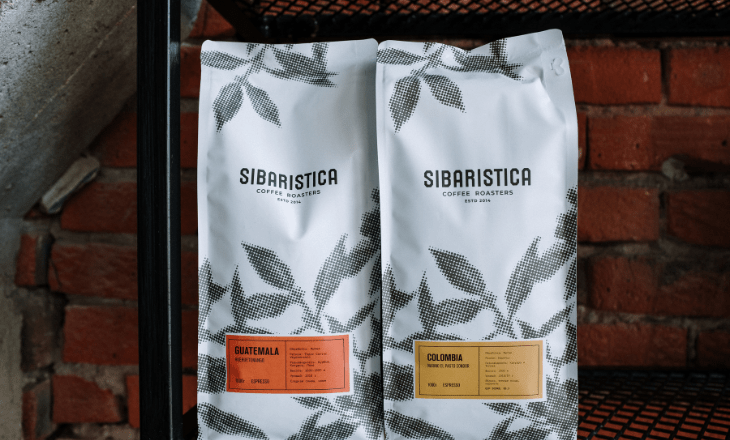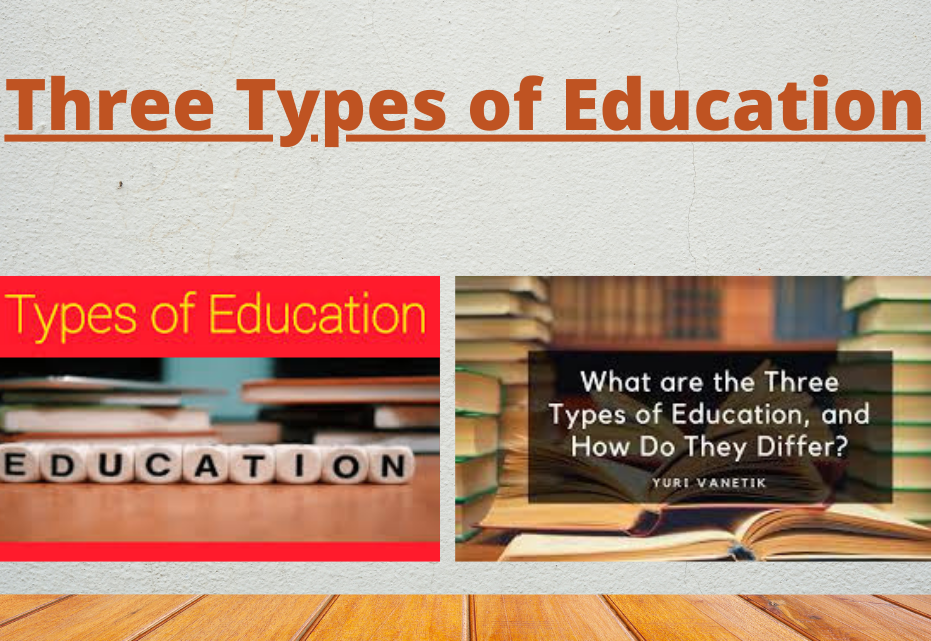Bottled and jarred packaged goods are an important part of many people’s lives. These items can be found in almost every kitchen, whether it’s a jar of peanut butter or a bottle of ketchup. However, not all bottled and jarred products are the same. There are numerous options to choose from and it can be difficult to decide which ones are the best.
We’ll look at the various types of bottled and jarred packaged goods available, as well as the advantages and disadvantages of each. You should have a better idea of what type of packaged food or other bottled and jarred products will work best for your needs by the end of this article.
What Are Bottled and Jarred packaged Goods, Exactly?
Before we get too far into the details, let’s define bottled and jarred packaged goods. They’ve been around for centuries (they had jars inside ancient Egypt’s pyramids), they come in all shapes and sizes and they all have one thing in common: they’re sealed inside a container.
Bottled and jarred packaged goods are available in almost every grocery store and can be made of glass, plastic, or metal. The average American consumes approximately 18 pounds of bottled and jarred packaged goods each year.
The most common category of bottled and jarred goods are foodstuffs. Items such as peanut butter, ketchup, and pickles fall into this category. Non-food items such as shampoo and laundry detergent, on the other hand, come in bottles and jars.
They are useful because they can be stored for extended periods without spoiling. This is because they are sealed inside a container, which prevents oxygen from entering and spoiling the food.
History of Bottled and Jarred Packaged Goods
After the invention of the refrigerator in the nineteenth century, the use and popularity of bottled and jarred packaged goods skyrocketed. Bottled and jarred packaged goods had no use even before that.
Thomas Newcomer invented the first refrigerated vehicle. People used it in 1712 to transport food over long distances without heating it.
Later, iceboxes appeared, allowing people to store their food for several hours. They didn’t have any better options back then than bottled and jarred packages.
Bottled and jarred packages, however, were not used for all types of food. It was commonly used for meat, pickles, fruits, vegetables, milk, fish and a variety of other foods.
Also Read: Powerpoint Night Ideas
What Materials Are Used to Package Products in Bottles and Jars?
There are numerous packaging options for these products. The following are the most popular:
· Plastic and Glass Bottles
For jarred and bottled packaged goods, plastic bottles are the most commonly used form of packaging. Popularity of plastic can be attributed to its low cost, flexibility, durability, and practicality.
Despite its ease of use, plastic is notorious for polluting the environment. Because they are not recyclable and take up the most space in our landfills, they are unsuitable for recycling.
Businesses that want to continue using bottles must convert to glass. Glass is a more sustainable and versatile packaging material. It can be shaped and formed into a variety of sizes and shapes. However, if not handled properly, they can easily break.
· Glass Canisters
Canisters made of glass are a superior alternative because they are durable, recyclable, and renewable. Although they are frequently square, they can also be found in a range of thicknesses, sizes, and shapes. Each one has an airtight lid.
The lid prevents bacterial growth. Additionally, it stops toxic chemicals from leaking out when food and beverages in glass canisters are frozen or microwaved. Glass containers and jars preserve food quality and shield it from contamination and spoilage.
· Cardboard Packaging
Packaging materials in bottles and jars made of cardboard cost less than glass packaging and are better for the environment. They are also a fantastic substitute for tinplate, aluminum, and plastic.
Additionally, cardboard packaging has low production costs, which is helpful for companies with limited funding.
When using cardboard, keep in mind the material’s limitations and sustainability.
· Metal Containers
The food industry uses metal containers to store a range of food products. These containers are typically made of corrosion-resistant steel that has been tin-plated. They also don’t react well to foods that are acidic.
· Containers made of wood
Because wood is good for the environment as well as the products it packages, many companies use it. Tree parts are used to create wooden packaging. These packaging styles frequently have appealing textures. They are also renewable, recyclable, and biodegradable.

What Advantages and Disadvantages Come with Bottled and jarred packaged goods?
The following are the advantages and disadvantages of packaged goods that are in bottles and jars.
Advantages of Bottled and jarred packaged goods
· Hygienic
Packaging cleanliness is a top priority. Bottles and jars, particularly glass canisters, receive high marks in this category. They do not oxidize, have no effect on the contents, and do not emit harmful radiation. Food can be thermally packed in glass jars to prevent spoilage.
· Long-term storage
Bottles and jars are scalable and cost-effective solutions. You can use these low-cost packaging materials to properly store the remainder of your goods without having to worry about the duration.
· Duration
Product shelf life is influenced by a variety of factors such as packaging type, temperature, and moisture levels. You can extend the shelf-life of your food products by using the right packaging (whether its small glass jars or wooden boxes).
- Transparency
The majority of packaged goods in bottles and jars are transparent. You can easily see what’s inside or recognize the product without ever having to open the package. Because they are aware of exactly what they are purchasing, customers can shop quickly and easily.
- Convenient
Jars and bottles can be kept anywhere and are practical for use. A jar of pickles, for example, can be carried anywhere without worrying about spilling. Additionally, foods in jars are frequently ready-made meals that anybody can make. Simply combine the ingredients and heat them instead of cooking them.
· Eco-friendly
If you want to be more environmentally friendly, good glass packaging should be enough. Bottled and jarred packaged goods are 100 percent recyclable, which means they have no environmental impact. This is why many businesses store their goods in large glass jars.
Disadvantages Bottled and jarred packaged goods
· Expensive
Glass can be more expensive than other packaging materials due to its greater fragility.
· Fragile packaging
Although bottles and jars are attractive and practical, they are also delicate. If you use glass packaging, it is easy for it to break.
Reasons Why People Choose Bottled and Jarred Packaged Goods:
Let’s talk about the popularity of bottled and jarred packaged goods now that we’ve discussed their advantages and disadvantages
. Alternatively, why do people choose bottled and jarred packaged goods over other products?
· Food stored (Bottled and jarred packaged goods)
When it comes to buying food, most people prefer packaged foods. They believe that packaged foods are better and healthier than unpackaged foods, which is generally true. The advantage of buying packaged foods is that they are free of germs and bacteria. They include product descriptions and are eye-catching.
· Easy to carry
Packaged foods are more convenient to carry than unpackaged foods. This is why people prefer packaged goods in bottles and jars. They can easily transport it to their homes and store it until the contents of the jar are finished.
· Brand
Packaged foods are labeled with the brand name, making it easier for you to identify them. It enables you to differentiate between products and select the brand you prefer.
· Food description
Packaged goods include a food description in addition to the brand name. It includes a label on which you can read the price, ingredients, production date, expiry date, quantity, and other product information.
· Safe and protected
Glass jars and canisters are used to package goods. This makes it safe to eat. It makes sure that the item is in good condition and free of germs and viruses.
Industries using bottled and jarred packaged goods

Beverage industry:
Another industry that uses bottled and jarred goods are the beverage industry. Everything from bottled water to soda pop is included.
The food industry use bottled and jarred packaged goods
Food in bottles and jars can be found all over the place! Everything from baby food to salad dressings is included.
Pharmaceutical industry:
Pharmaceutical products, ranging from medicine and prescribed medications to vitamins, are frequently packaged in bottled and jarred packages.
Cosmetics industry:
Another major consumer of bottled and jarred goods is the cosmetics industry. Everything from shampoo to makeup is included.
Household products:
In our house, we also use a lot of bottled and jarred goods. Everything from cleaning supplies to laundry detergent is included.
What Sorts of Bottled and Jarred packaged Goods should we avoid?
There are six major types of packaged goods, the most common of which are bottled and jarred packaged goods. There’s no doubt that these packaged goods are good for our bodies and minds, though they’re not exactly a great deal in all of their forms and formats. Some packaged goods, for example, are unhealthy for your body. Among these foods are:
· Fried Foods:
Fried foods are not only unhealthy, but they also contain a lot of fat. Fatness and other health problems can result from eating too many fried foods.
· Sugary Drinks:
Soft drinks, juice boxes, and other sugary beverages are high in sugar and calories. They have the potential to cause weight gain and tooth decay.
· Agave Nectar:
A Popular Sweetener That Many People Drink, Thinking It Might Have Some Health Benefits Due To Its Taste, Which Is Similar To Honey, But It’s Not Honey. Because agave syrup contains high levels of fructose, which can harm your liver and lead to obesity and other health problems, choose other types of beverages that are both sweet and beneficial to you.
· Chemicals in Packaged Foods:
Many processed foods contain carcinogenic chemicals that can increase your risk of developing cancer or other diseases. It’s best to keep away from these things as much as you can.
· Vegetable Oils:
Vegetable oils are frequently packaged and sold as healthy substitutes for other types of oils, such as olive oil. However, because vegetable oils are high in omega-6 fatty acids, they can cause inflammation in the body. This can lead to a variety of health issues, so avoid buying these types of packaged goods.
Final Verdict
Finally, we hope you now understand “Bottled and Jarred Packaged Goods,” which is both a growing business in the manufacturing industry and an essential part of our daily lives.
These packaged goods in bottles and jars come in a variety of shapes and sizes and can contain any type of product, such as foodstuffs, unique beverages, meat, seafood, and fruits, as well as shampoos.
The Most Important Fact To Understand About Bottled And Jarred Packaged Goods Is That The Industry Will Only Grow Rapidly, And We, As Country, Citizens, And Entrepreneurs, Should Do Everything We Can To Stop Landfill Pollution By Either Buying Eco-Friendly Packaged Goods.
Also Read: Flowerboomb perfume dossier.co










